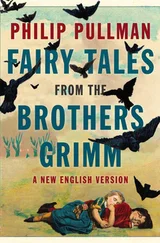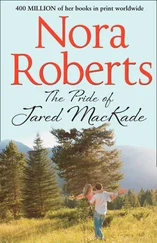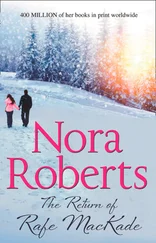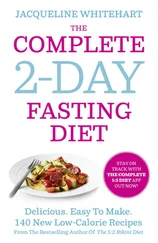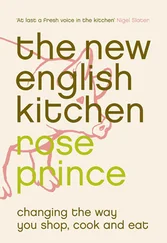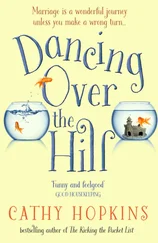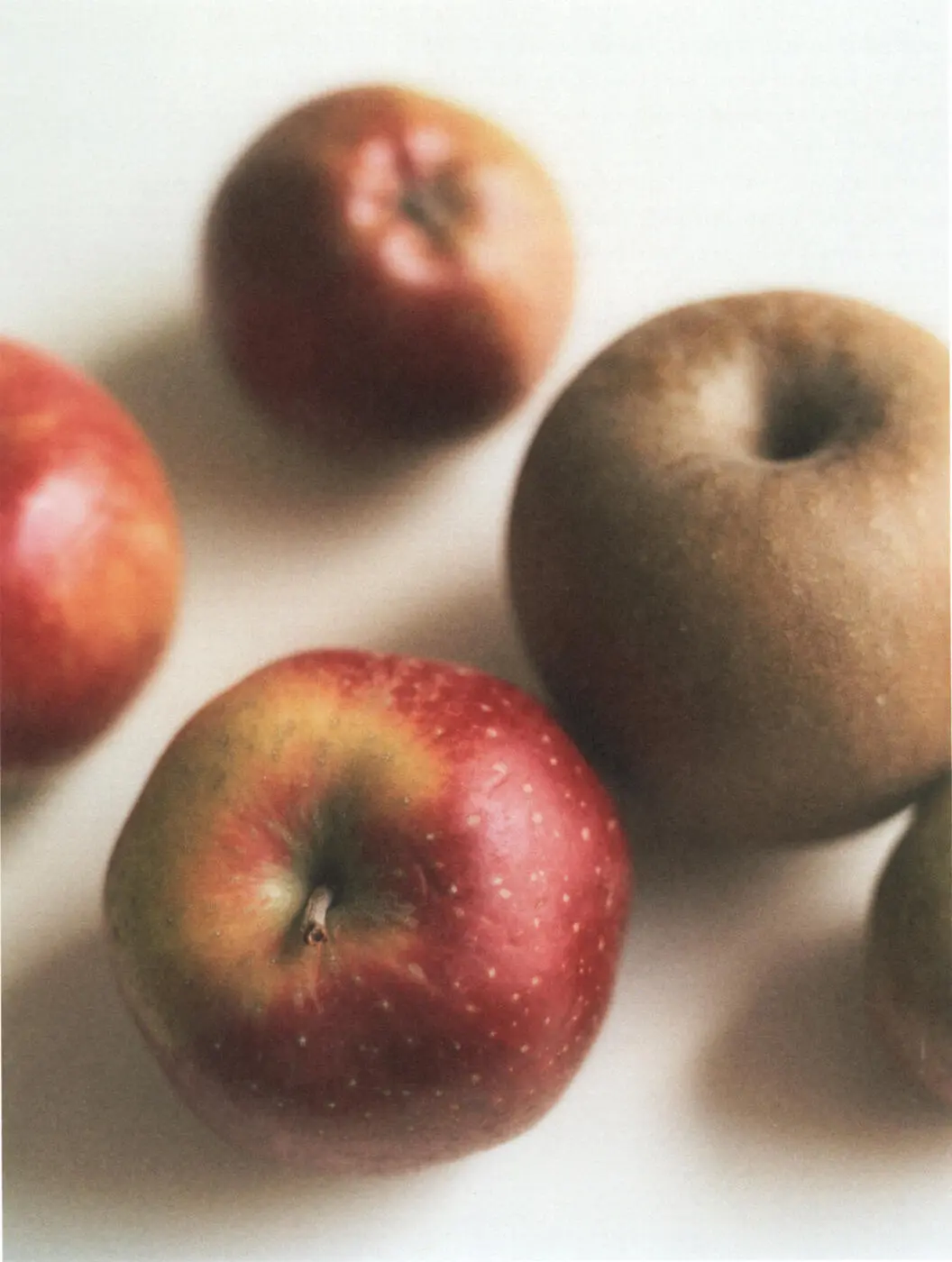
Apple Soup
This is a buttery, sweet and sour soup that makes an ideal everyday lunch reheated from the fridge. It can be made with any apple but it is better if they are slightly unripe or sour. Its flavour will change depending on the apple variety, and it is a good way to use up those wrinkly apples that have been sitting in the fruit bowl for too long. I recommend using a food processor to chop the fruit and vegetables. You don’t have to use homemade chicken stock – water or even apple juice is fine. If you use water, you will probably need to add more salt.
For a bigger meal, put this soup on the table with bread and cheese, or ham or potted meatwith toast.
Serves 4
85g/3oz unsalted butter, plus extra to serve
1 large or 2 small white onions, roughly chopped
2 garlic cloves, chopped
12 apples, peeled, cored and chopped small
2 celery sticks with their leaves. chopped
leaves from 2 sprigs of thyme
5 allspice seeds, ground in a mortar and pestle (or ½ teaspoon ready-ground allspice)
1.2 litres/2 pints chicken stock, pressed apple juice or water
sea salt and freshly ground black pepper
Melt the butter in a large pan and add the onion, garlic, apples, celery, thyme leaves and allspice. Cook over a low heat until the onion and apples soften. Add the stock, bring to the boil and cook until the apples are quite tender. This should take about 15 minutes – don’t overcook it or the fresh flavours will be lost. Add black pepper, then taste and add salt if necessary. Serve with a knob of creamy unsalted butter melting in each bowlful.
 |
Kitchen note |
| To make the soup richer still, stir in a splash of apple brandy or strong cider and put a spoonful of double cream into each bowlful when serving. For a different kind of soup, fry small pieces of smoked bacon or black pudding and add to each bowl. Adding a teaspoonful of toasted medium oatmeal will give this soup more muscle still. |
Apple, Red Cabbage and Watercress Salad
I want to eat smaller, mayonnaise-bound salads instead of large bowls of rocket and mizuna dressed with olive oil and smothered in cheese. I like those spiky salad leaves but, after 10 years of enthusiasm, it is nice to turn instead to neat forkfuls of vegetables, herbs, nuts, fruits, perhaps cured meat or leftover chicken, clinging together with the help of an oil—egg emulsion like mayonnaise. Even a small amount fills and fuels you through an afternoon. These salads keep for 2 or 3 days in the fridge, so are a useful everyday graze. Leaves need not be left out. In the following recipe, they are part of the dressing.
This apple-based salad is lovely eaten alone but good, too, with hot boiled gammon, cold ham or cured sausage.
Serves 4
6 apples (the red skins of Worcesters are effective with the cabbage)
a squeeze of lemon juice
¼ red cabbage
2 tablespoons walnut halves
a little oil
sea salt and freshly ground black pepper
For the dressing:
2 egg yolks
1 heaped teaspoon Dijon mustard
2 bunches of watercress, chopped
300ml/½ pint light olive oil, sunflower oil or groundnut oil
1–2 tablespoons white wine vinegar, to taste
1 tablespoon cornichons (baby gherkins), drained and finely chopped
First make the dressing: put the egg yolks and mustard into a bowl and mix well with a small whisk. Add the chopped watercress, then beat in the oil, a few drops at a time to begin with, then adding it a little faster once a third of it has been incorporated. If you add the oil too quickly it may curdle. Mix in the vinegar with the cornichons and set to one side.
Quarter the apples, remove the cores and slice them thinly, leaving the skins on. Dress with a little lemon juice to stop discoloration. Shred the cabbage as finely as possible, keeping the crunchy stalk. Put both the apple and cabbage into a bowl, then pour over enough of the dressing to give a good covering (set the rest aside; it will store well in a jar in the fridge).
Mix the salad gently so the apple slices do not break. Taste a little and add salt if necessary. Season with black pepper.
Toast the walnut halves in a pan with a little oil over a medium heat, then grind them in a pestle and mortar or chop them to a rough consistency. Scatter the nuts over the plates of salad as you serve it, spooning the salad on to the plates in appetisingly high mounds.
Hot Apple Juice
I am no fan of flasks filled with old tea for car journeys, but it is good to stop and sip something hot that was not bought at gross prices from service stations. This is a family invention to solve the problem. Pressed apple juice, with a little spice and light muscovado sugar, lasts all day as long as there is a decent Thermos to store it in. Try to use the best pressed apple juice, not one made from concentrate – juice made from concentrate can taste metallic. I sometimes buy direct from farmers’ markets in the city, although you can buy pressed apple juice in supermarkets, too.
Heat 1 litre/1¾ pints apple juice to boiling point and add ½ teaspoon ground cinnamon and a tiny pinch of ground cloves. Sweeten with light muscovado sugar to taste. If you are putting the juice into a flask, remember to wash it out first with boiling water.
 |
Kitchen note |
| Hot cider is the adult alternative for non-drivers, and can be made using the same spices and sugar to sweeten, as above. |
Russet Jelly Ice
I like this ice when it has a slightly bruised, windfall scent, like the musty inside of an apple store. The base is a jelly, extracted from whole apples or leftover apple peelings. Fresh apple is grated into the jelly before freezing but not before allowing it to brown a little – for that orchard-floor taste.
This is not a quick recipe but it is a very worthwhile one, especially if you use up windfalls. Try it with various apple varieties, including crab apple – you should see some interesting fluctuations in taste. Using slightly unripe apples will heighten the flavour.
Serves 6–8
10 Russet apples, plus 6 more to grate in at the end
golden granulated sugar 2 egg whites
Chop the 10 apples into quarters, leaving the cores, stalks and skin on, and put them into a big, heavy-bottomed pan. Cover (only just) with water, bring to the boil and cook very slowly – it should murmur and bubble rather than simmer fast. This ensures the apples do not change flavour, and they will turn a pretty, rusty-pink colour. When you have a thick, sloppy purée, line a colander with muslin and set it over a bowl (or use a jelly bag, if you have one). Spoon the purée into the muslin. Do not push the purée or stir it; just let the juice drip naturally into the bowl through the cloth. Make sure the cloth is high above the bowl so it will not touch the juice in the bowl as it fills. This can take at least a couple of hours or overnight – you need to extract every last bit of juice.
Measure the volume of juice and add 450g/1lb granulated sugar for every 600ml/1 pint. Put it into a saucepan and bring to the boil. Simmer for about 10 minutes – the liquid will clarify as it boils and become syrupy. Allow to cool down to about 40°C/104°F (hotter than bathwater). Meanwhile, grate the flesh and skin of the 6 remaining apples – leave to brown a little, then add to the syrup. Whisk the egg whites until stiff and fold them into the apple mixture. Pour into a container and place in the freezer. After an hour or so, stir to loosen the ice, then freeze again (or use an ice-cream maker if you have one). Serve with Pistachio Biscuits– made with another nut (walnut, for example), if you prefer.
Читать дальше



